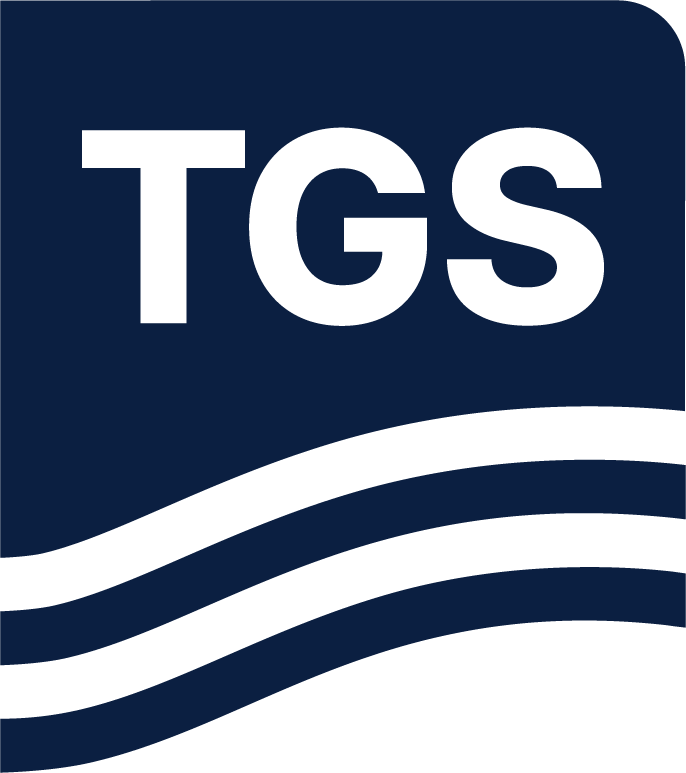Paper Summary
In their search for large oil and gas accumulations operators face what are arguably the toughest seismic imaging problems ever encountered. This is especially true in the Gulf of Mexico (GOM) subsalt, where the trapping mechanism is associated with large salt structures.
Many of the largest GOM discoveries of the past 15 years, including Mahogany, Thunder Horse and Mad Dog, have been associated with such formations. Salt structures, however, are inherently difficult to image effectively.
Increasingly, operators are turning to new seismic imaging technologies that can consistently extract useful information form the extremely distorted seismic reflections common to such environments. These technologies are collectively called wave equation migration (WEM). Technically, the most uncompromising form of WEM is Reverse Time Migration (RTM).
RTM is not new, but advanced RTM, developed by matching highly sophisticated algorithms with newly available computational power, is providing a much-improved solution for imaging complex subsalt prospects. The success of the technology also holds promise for other difficult imaging areas. In several recent GOM applications, advanced RTM has produced a dramatically clearer subsalt image.

